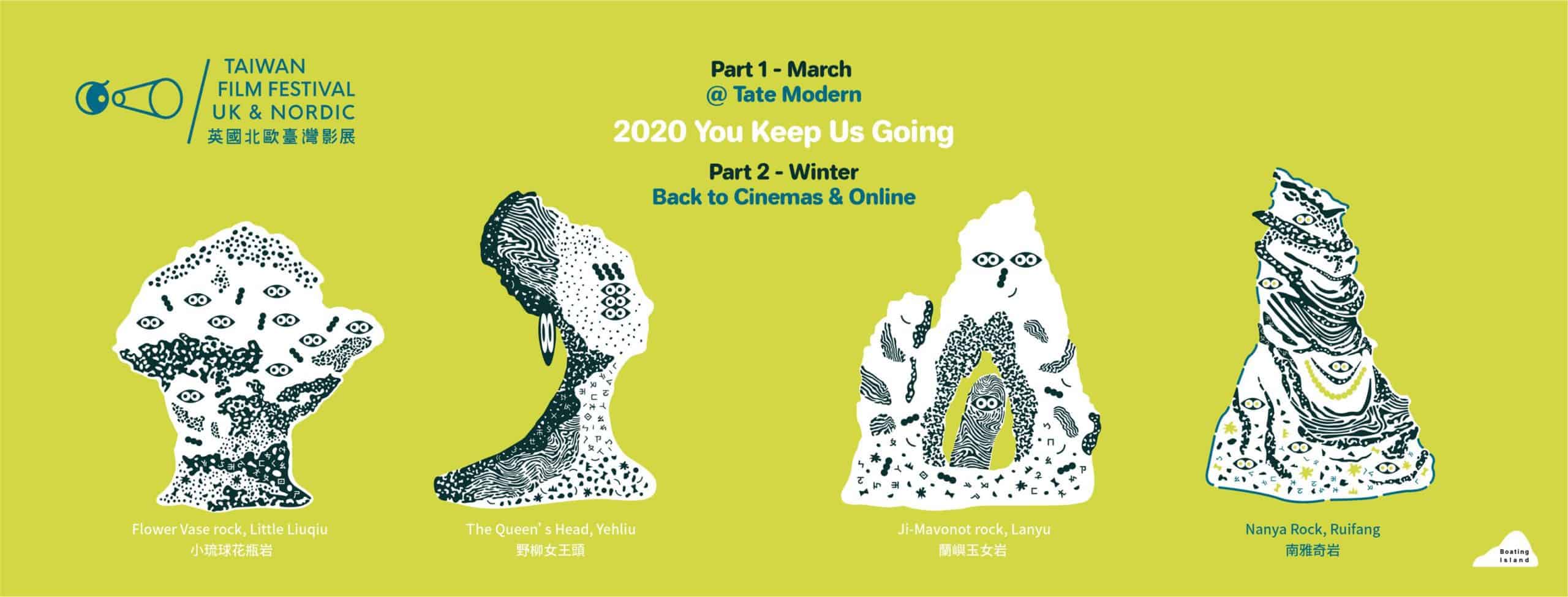Indigenous cultures are getting swallowed on a global level by mainstream cultures that have no time, interest nor patience to take necessary steps in preserving the segments of their heritage. Minority languages are dying out, so do local traditions and their practices. This isn't only happening because dealing with such issues wouldn't bring the popular vote to the competing political parties, but also because young generations simply want to catch up with the rest of world by adapting to the latest trends and technical developments. Migration of young people to big cities is almost a standard, because it's there the new opportunities await.
“Path Of Destiny” is screening at Taiwan Film Festival UK

In his debut feature-length documentary “Path of Destiny” the Taiwanese cinematographer/ director Yang Chun-Kai turns his attention to Panay Mulu, the youngest of six remaining Sikawasay, according to the legend of Amis – the ancestral spirits of shamans who have healing powers and the ability to chase the evil from the body away.
This barely over-an-hour long account of a fascinating story of Panay's life-changing encounter with a tradition she was reminded of through her work as a field researcher at the Department of Ethnic Relations and Culture, turns into a captivating watch.
The film kicks off with her initiation through a ritual performed by five elderly women who chant and dance to make her soul settle in the walking spirit Sarakataw. Panay is visibly moved and nervous, and the reason why this is lies in her background and the strange path she walked to be chosen as a new Sikawasay. Her connection to the tradition that still resists the tooth of time through the practices of Lidaw tribe of the Hualien County (more concretely in the Donchang village, Ji'an Township) was established the moment she made a connection to her childhood. The books and studies she stumbled upon, revoked memories of strange practices she observed as a girl but wasn't allowed to look closer at, because her deeply religious Christian parents called them “diabolic.”
It's a love story of sorts. Panay's sketchbook is filled with diagrams drawn to help her understand the deeper meaning between the chanting, dancing and the spiritual connection between the shamans. All women live and behave according to the ancient rules. A strict vegetable and fish diet before the season of purification and fasting is something they never question, so is the absolute ban of contact with the opposite sex during that period. “The husbands couldn't cope with it at the beginning”, says one of the women who became a shaman at the tender age of 3.
The beauty of the film is in its ability to show the unshaken friendship between all six women who take their calling very seriously. No decision is made without the consent of all of them, including the choice of fabric for their ritual-performing clothes.
Traditional costumes and jewelry are shown in their magnificent beauty, worn with pride. But the message uttered by the main protagonist towards the end of the film is sobering – this tradition won't hold for a very long time, because no boss would ever allow its employee to just disappear for a number of days each year for the purpose of healing the people in ancient ways.















